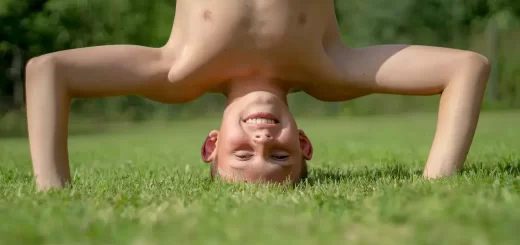When to Stop Using a Booster Seat: Key Safety Guidelines
As a parent, ensuring your child’s safety in the car is a top priority. One of the essential components of child car safety is the booster seat. Knowing when to stop using a booster seat is crucial for your child’s safety and compliance with legal regulations. This comprehensive guide will provide detailed information on booster seat usage, safety guidelines, state laws, and practical tips to help you determine when to stop using a booster seat for your child.
Understanding Booster Seats
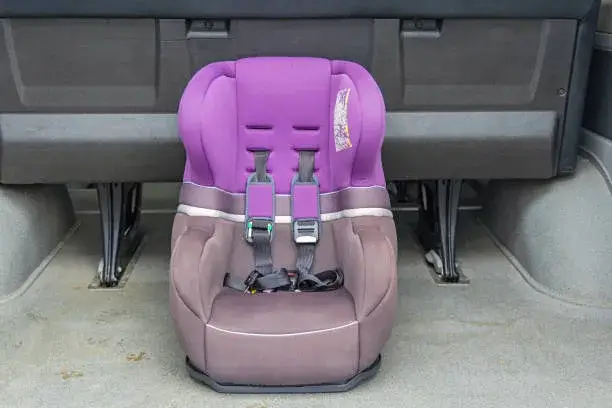
What is a Booster Seat?
A booster seat is a type of car seat designed to elevate a child to ensure that the vehicle’s seat belt fits correctly across their chest and lap. Unlike infant car seats and convertible car seats, which come with harness systems, booster seats rely on the vehicle’s seat belt to secure the child.
Types of Booster Seats
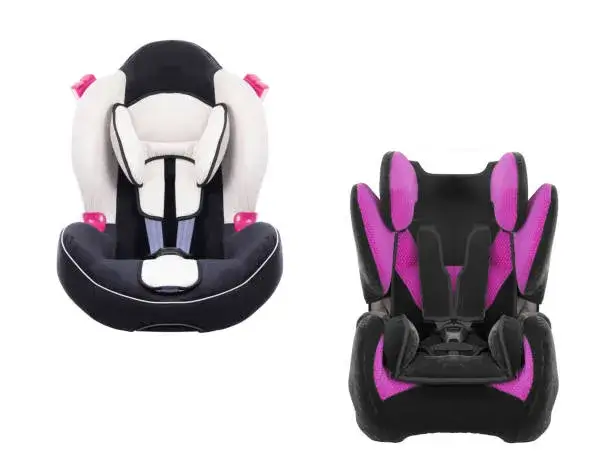
There are two main types of booster seats:
- High-Back Booster Seats: These seats provide head and neck support and are ideal for vehicles without headrests or with low seat backs. They position the vehicle’s seat belt correctly over the child’s shoulder and lap.
- Backless Booster Seats: These seats are suitable for vehicles with headrests and adequate seat back support. They raise the child to the correct height for the seat belt to fit properly but do not offer additional head and neck support.
Benefits of Using a Booster Seat

Using a booster seat provides several safety benefits:
- Proper Seat Belt Fit: Ensures the seat belt fits across the child’s upper thighs and chest, reducing the risk of injury during a collision.
- Enhanced Protection: Offers better protection for a child’s developing body compared to using just a seat belt.
- Comfort: Boosts the child to a height that allows them to see out of the windows, making car rides more enjoyable.
Importance of Booster Seats
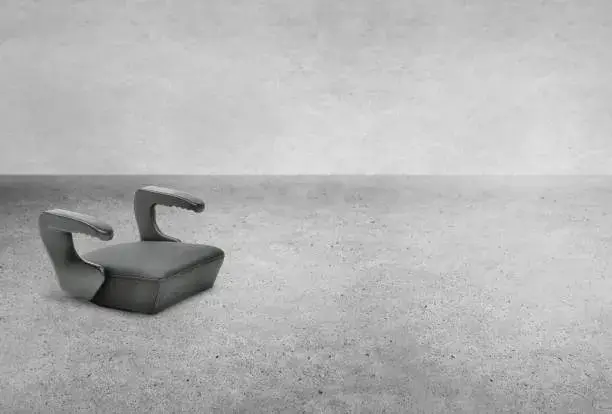
Safety Considerations
Booster seats play a critical role in car safety for children who have outgrown their forward-facing car seats but are not yet big enough to use the vehicle’s seat belt alone. The seat belt is designed for adults, and without a booster seat, it may not fit a child correctly, increasing the risk of serious injury in the event of a crash.
Legal Requirements
Laws regarding booster seat usage vary by state, but most states require children to use a booster seat until they reach a certain age, height, or weight. It is essential to be familiar with your state’s specific requirements to ensure compliance and maximize your child’s safety.
National Guidelines
National guidelines, such as those provided by the American Academy of Pediatrics (AAP) and the National Highway Traffic Safety Administration (NHTSA), offer valuable recommendations on when to stop using a booster seat. These guidelines often recommend using a booster seat until a child reaches 4 feet 9 inches in height and is between 8 and 12 years old.
When to Stop Using a Booster Seat

Key Indicators
Several key indicators can help you determine when to stop using a booster seat:
- Height: Your child should be at least 4 feet 9 inches tall.
- Age: Your child should be between 8 and 12 years old.
- Seat Belt Fit: The vehicle’s seat belt should fit properly across your child’s shoulder and chest, and the lap belt should lie flat across their upper thighs.
The Five-Step Test

The Five-Step Test is a practical tool to assess whether your child is ready to stop using a booster seat. Your child should meet all five criteria:
- Sitting Back: Your child should sit back against the vehicle seat.
- Knees Bend: Their knees should bend comfortably at the edge of the seat.
- Shoulder Belt Position: The shoulder belt should rest on the shoulder and chest, not the neck or face.
- Lap Belt Position: The lap belt should lie flat across the upper thighs, not the stomach.
- Comfortable Position: Your child should be able to maintain this position for the entire car ride.
State Laws and Regulations
State laws vary regarding the minimum age, height, and weight requirements for transitioning from a booster seat to a seat belt. It is crucial to check your state’s specific laws to ensure you are in compliance.
Professional Recommendations
Consulting with a certified child passenger safety technician can provide personalized guidance based on your child’s specific needs and your vehicle’s design. These professionals can assess your child’s readiness to transition from a booster seat and provide additional safety tips.
Booster Seat Safety Tips

Proper Installation
Ensuring the booster seat is properly installed is vital for your child’s safety. Follow these steps:
- Read the Manual: Always refer to the booster seat’s manual and your vehicle’s manual for specific installation instructions.
- Positioning: Place the booster seat in the back seat of the vehicle.
- Seat Belt Routing: Ensure the vehicle’s seat belt is routed correctly through the booster seat’s belt guides.
- Secure Fit: Check that the booster seat is stable and does not move excessively.
Regular Checks

Regularly check the booster seat and seat belt fit as your child grows. Adjust the booster seat or consider transitioning to a different model if necessary.
Avoid Common Mistakes
- Skipping the Booster Seat: Do not rush to move your child to a seat belt alone before they are ready.
- Incorrect Belt Positioning: Ensure the seat belt is positioned correctly every time your child is in the car.
- Using a Damaged Seat: Do not use a booster seat that has been involved in a crash or is past its expiration date.
Educate Your Child
Teach your child the importance of using a booster seat and proper seat belt usage. Encourage them to always sit correctly in the booster seat and never to unbuckle during a car ride.
Booster Seat FAQs
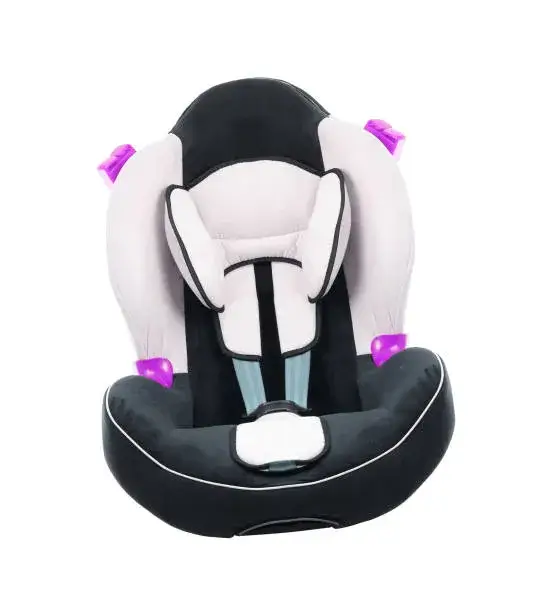
How Long Should My Child Use a Booster Seat?
Your child should use a booster seat until they are at least 4 feet 9 inches tall and between 8 and 12 years old. Ensure the seat belt fits correctly before transitioning to a seat belt alone.
Can My Child Use a Booster Seat in the Front Seat?
It is safest for children to ride in the back seat until they are at least 13 years old. The back seat provides better protection in the event of a collision.
What if My Child Outgrows the Booster Seat Before Reaching the Recommended Height?
If your child outgrows their booster seat before reaching the recommended height, consider purchasing a larger booster seat model that accommodates taller children.
Are Backless Booster Seats Safe?
Yes, backless booster seats are safe if used correctly and in vehicles with adequate head and neck support. Ensure the vehicle’s seat belt fits properly when using a backless booster seat.
Can I Use a Second-Hand Booster Seat?
Using a second-hand booster seat is not recommended unless you know its full history and it has not been involved in a crash. Always check the expiration date and ensure all parts are intact.
Booster Seat Alternatives

Combination Seats
Combination seats transition from a forward-facing car seat with a harness to a booster seat. They can be a cost-effective option as your child grows.
All-in-One Car Seats
All-in-one car seats can be used as rear-facing, forward-facing, and booster seats, providing a long-term solution for child car safety.
Travel Booster Seats
Travel booster seats are portable and convenient for families on the go. Ensure they meet safety standards and provide proper seat belt fit.
Conclusion

Knowing when to stop using a booster seat is essential for your child’s safety and compliance with legal regulations. By following height, age, and seat belt fit guidelines, you can ensure your child is ready to transition to a seat belt alone. Always prioritize safety, consult professional recommendations, and stay informed about state laws to provide the best protection for your child during car rides.
Remember, the ultimate goal is to ensure your child’s safety on the road. By understanding the importance of booster seats and knowing when to stop using them, you can make informed decisions that keep your child secure and comfortable during every car journey.







